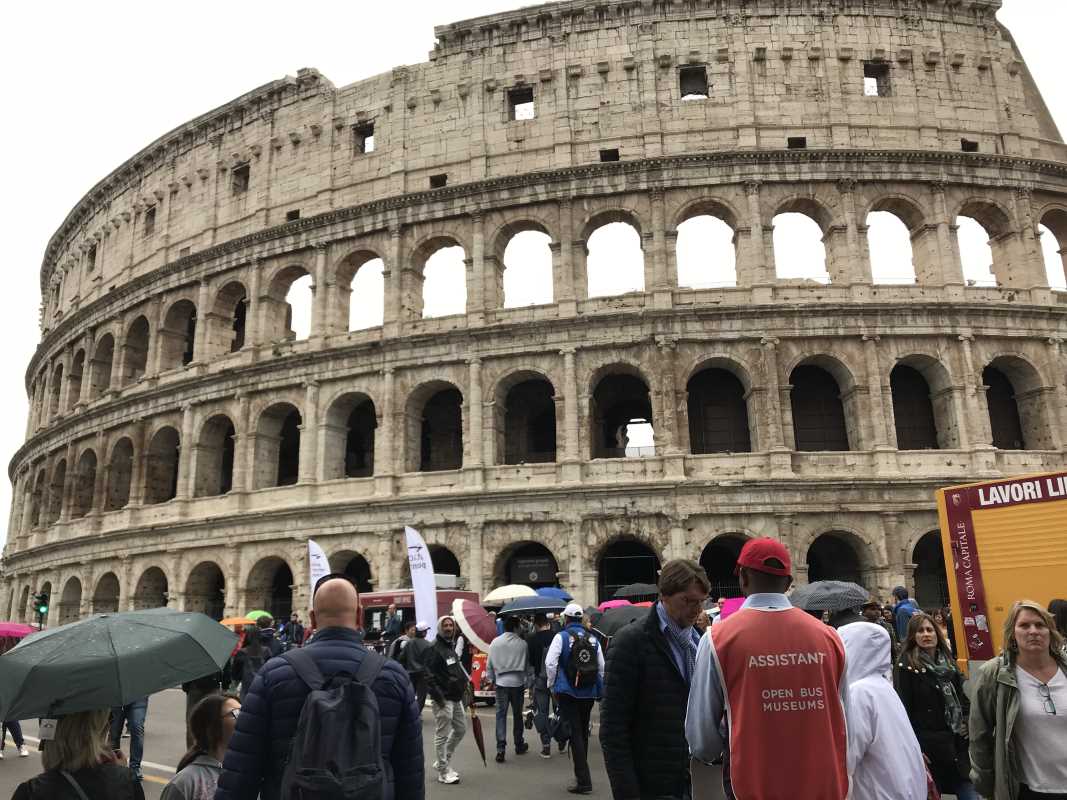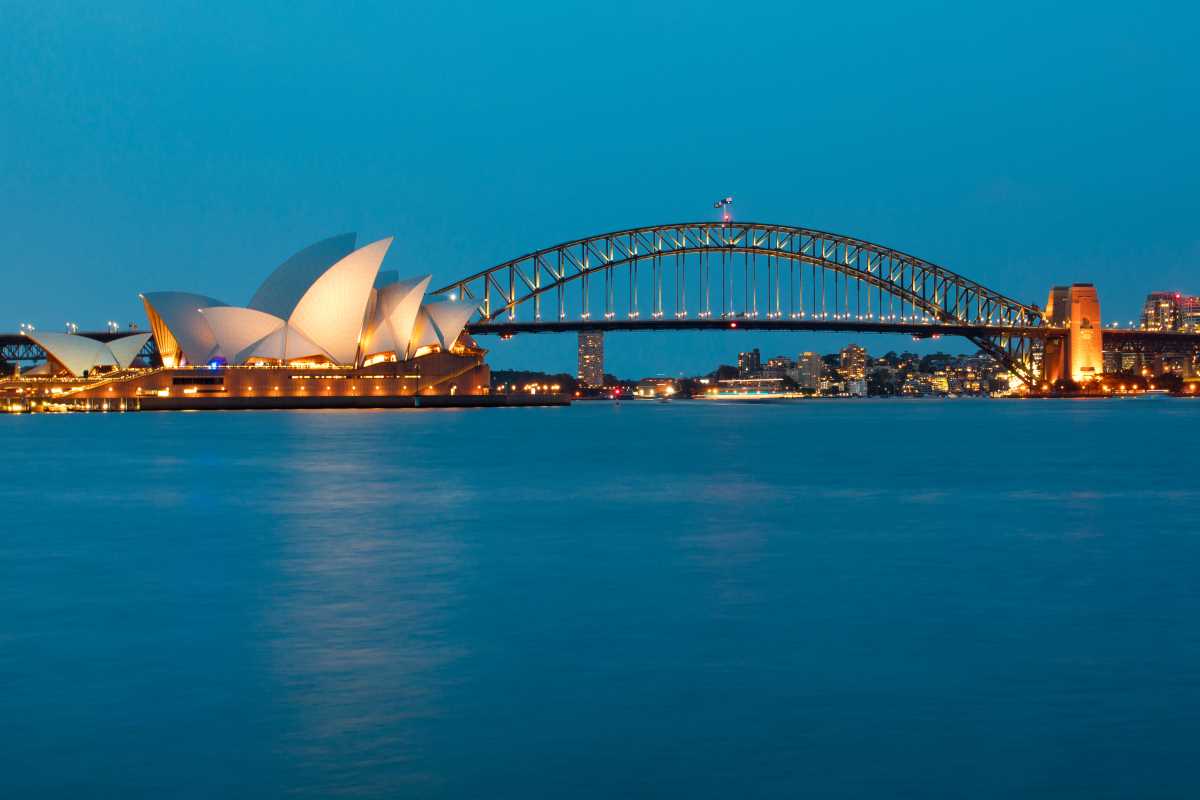There’s something magical about stepping back in time and exploring the architectural wonders that define our history. From ancient ruins to grand castles, each historic landmark tells a unique story that captivates visitors of all ages. Let’s dive into the top historic landmarks around the world that are a must-visit for any history enthusiast or curious traveler.
The Great Wall of China: A Monument of Ancient Defense
The Great Wall of China stands as one of the most iconic structures in the world, stretching over 13,000 miles across Northern China. Built over centuries to protect against invasions, this marvel of ancient engineering offers breathtaking views and a glimpse into China’s rich cultural heritage. Fun fact: Contrary to popular belief, the Great Wall is not a single continuous structure, but a series of walls and fortifications.
The Colosseum: Rome’s Gladiatorial Arena
Moving on to Europe, the Colosseum in Rome is a testament to the architectural ingenuity of the ancient Romans. This colossal amphitheater once hosted gladiator battles, animal hunts, and other grand events. Today, visitors can wander through its corridors, imagining the spectacles that once took place within its walls. Fun fact: The Colosseum could hold up to 80,000 spectators, making it the largest amphitheater ever built.
The Great Pyramid of Giza: Egypt’s Timeless Wonder
Heading to Egypt, the Great Pyramid of Giza is a true marvel of ancient engineering and the last standing wonder of the ancient world. Built as a tomb for Pharaoh Khufu over 4,500 years ago, the pyramid continues to intrigue historians and visitors alike with its precise construction and mysterious chambers. Fun fact: The Great Pyramid was the tallest man-made structure in the world for over 3,800 years until modern skyscrapers surpassed it.
Angkor Wat: Cambodia’s Majestic Temple Complex
In Southeast Asia, Angkor Wat in Cambodia is a stunning temple complex that showcases the grandeur of the Khmer Empire. Known for its intricate carvings, majestic towers, and sprawling grounds, Angkor Wat is a UNESCO World Heritage Site that draws visitors from around the globe. Fun fact: The temple complex covers an area of 402 acres, making it the largest religious monument in the world.
The Statue of Liberty: America’s Icon of Freedom
Lastly, closer to home, the Statue of Liberty in New York City is a symbol of freedom and democracy. Gifted by France to the United States in 1886, Lady Liberty stands tall on Liberty Island, welcoming immigrants and visitors to the land of opportunity. Visitors can climb to the crown for panoramic views of the city skyline and harbor. Fun fact: The Statue of Liberty’s copper exterior has turned green over time due to oxidation, giving it its iconic hue.
 (Image source: Inuvo / DSR)
(Image source: Inuvo / DSR) 





